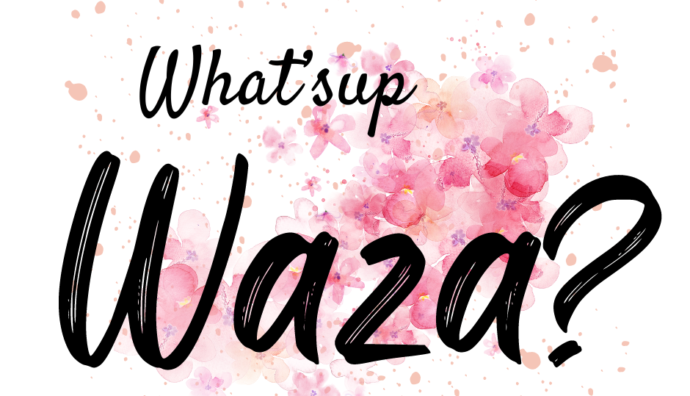In a discipline such as Aikido, who is in charge to decide which techniques should be contained in a program to be passed down and which should not? On what basis?
If we look at Aikido and compare it with Daito Ryu Aikijujutsu, in which Morihei Ueshiba trained before starting to develop the discipline we know, we see the presence of many elements that have disappeared, while others have been modified.
Digging into Daito Ryu and its thousand-year-old tradition you can find everything, from short stick techniques (jutte jutsu 十手術) to performing techniques with only one hand because the other is occupied by an… umbrella (kasa dori 傘捕) ! There are kicks, elbows, punches, strangulation techniques (shime waza 絞技), use of “pressure points” (kyusho waza 急所技) and so on.
When we happened to practice with teachers of Daito Ryu and Hontai Yoshin Ryu (a very traditional line of Ju Jutsu), we were able to hear the echo of the brutality in which hundreds of generations have grown up. The clash must end in the shortest possible time, definitively. In this case the waza, the set of actions undertaken by means of a technical language, have as their only horizon the physical consequence on the person on whom they are applied.
We believe it is right and necessary that an Aikido practitioner, after adequate physical and technical training, can experience the comparison of perspectives by attending from time to time those teachers with didactic, technical and reasonable talent who carry these lines forward. There are still some, fortunately.
Aikido is a jutsu (術), an art that developed with different premises, originating from a language that allowed the construction of devastating perspectives in physical confrontation. It is the fruit of subsequent elaborations within the lives of people who have experienced epochal changes. Image you are custodians of a thousand-year-old tradition that has made you deadly machines with your bare hands, in front of a machine gun. Or an atomic bomb.
For this reason, when sometimes in the various Dojos and seminars, whatever the style, it happens that archaic, pre-Aikido techniques are sorted out of the trunk of memories, it is not clear what we are witnessing.
To a virtuosity of the sensei? To an attempt at self-inflicted dislocations? Wanting to look for something in the past to avoid dealing with the present?
The technical programs followed by the main international schools present more or less the same principles, although sometimes with very different perspectives.
Within the various styles, there are methods of practice which, in terms of physical intensity, are no different from traditional Ju Jutsu, therefore the exclusion of various waza from teaching is not strictly due to the legitimate need to protect the physical safety of the practitioners.
The fact is that in the transition from Daito Ryu Aiki Ju Jutsu to Aikido, not only did Daito Ryu decline but above all the jutsu became do (道).
The study of the waza (the 118 basic techniques of the Daito Ryu shoden, functional for learning the next three thousand…) radically changes the purpose. From a military arsenal it becomes a toolbox for a greater purpose. From the destruction of the opponent we move on to self-cultivation thanks to the practice partner.
This is obviously in theory, because in a discipline there are always two things that make the difference: the content of the discipline and the individual’s ability to understand and express it correctly.
Otherwise, no matter what, you end up doing an operation that goes against the flow of time and history. Philology is important if it allows you to find a current meaning of something ancient for your current growth. Not of the projection of yourself imagining myself eight hundred years ago with the katana and the perspective of life lower than a sparrow.
In the same way, we must have the serene courage, in teaching, to ask ourselves if what we pass on is a blind “copy and paste” of a checklist, inherited from a lineage set by those who exported Aikido from Japan. What happens if we realize that for personal growth (and that of a group, if you are a teacher) that particular waza is misleading or, worse, no longer communicates anything?
Opening the trunk of memories must serve this purpose. Otherwise the practice becomes a meeting like those guys in the famous Scary Movie scene… Everyone happy and smiling repeating…wazaaaaaaaa!
Disclaimer: picture created with Canva

